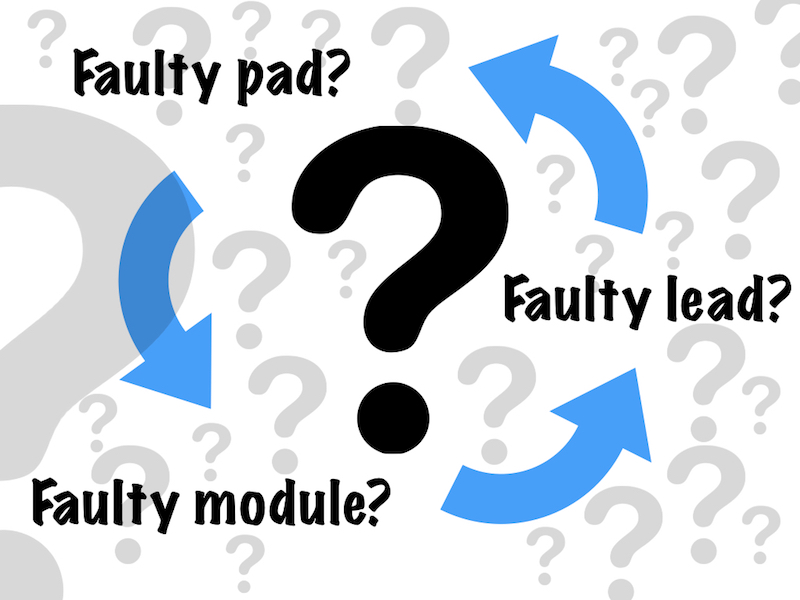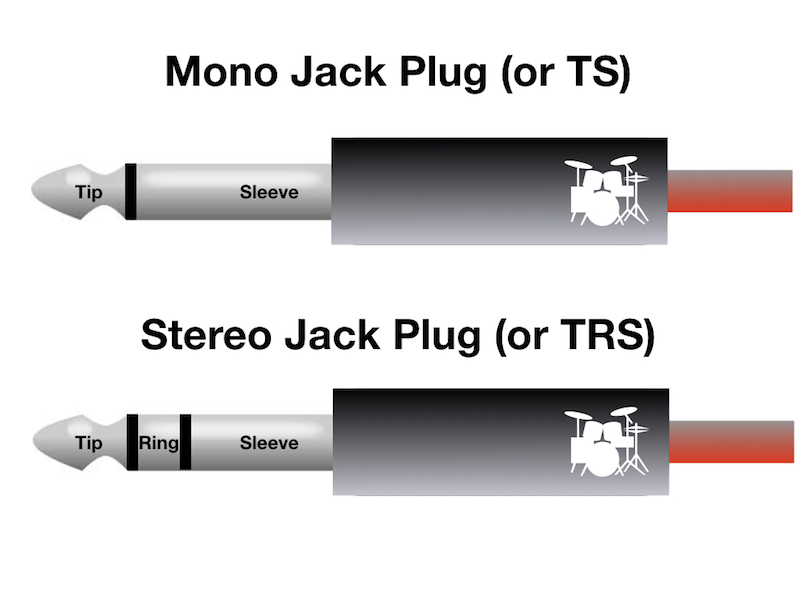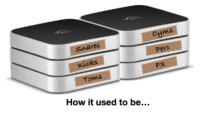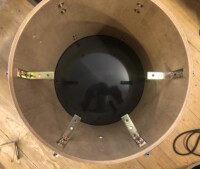 So, you have your lovely shiny electronic kit all set up. You have tweaked it for weeks and it sounds great and is just right… and then, inevitably, something starts to behave oddly. And it is always at the worst possible time… or at least it seems that way.
So, you have your lovely shiny electronic kit all set up. You have tweaked it for weeks and it sounds great and is just right… and then, inevitably, something starts to behave oddly. And it is always at the worst possible time… or at least it seems that way.
We’ve all been there, one pad, not ‘feeling’ the same as the others, maybe playing quieter than all the others, maybe not triggering at all. What do we do?
Is it the pad? Is it the module? It is something else? How do we find out?
Well, this month we look at trouble shooting problems and how to keep going.
Process Of Elimination
Say one of your pads had stopped triggering altogether or is just behaving oddly. The steps you need to follow are…
-
Check the connections. Yes, it is obvious, but I have been in more positions than I care to remember where the final culprit ended up being a cable that just wasn’t plugged in properly and was intermittent or not working at all. So unplug the cables and replug in firmly.
-
If this helps a little but not 100%, then unplug the jacks again and wipe the shiny chrome sections on a clean cloth or some clean dry kitchen roll or loo paper. Again, I’ve had jacks fail in the past from clients touching the shiny jack plugs with oily (or worse) hands and wondering why everything started to go wrong. If there is enough mess on the jack, the signal cant get through. Unlikely, but possible and worth checking.
-
Replace the existing lead with a new one, that you are 100% certain works fine from another input, and see if that improves the situation. Also, make sure it is the correct lead. Mono? Stereo? 4 pole? Again, I’ve had people just on the verge of buying new hi hat controllers and pedals for their electronic kits, before realising that the controller needed a stereo cable and they had just plugged it in with a mono one.
-
If no improvement, plug the misbehaving pad into another input on the module with a totally different cable, ideally one which was plugging in another pad which was working fine and see if it suddenly starts working. If it does, then it is the module input or the two cables you just tried on the other in put are at fault, but this is rare.
-
If it looks like the module input, use a pad from a different input and plug that in to the suspect input socket with a lead you know works fine (from an input which is triggering correctly. That should confirm whether it is the module input at fault, but this is relatively rare. But to confirm, if the new working pad plugged into the suspect input doesn’t work properly, then the input is at fault.
-
If it is not the module input then it looks like the pad is at fault. This is more common than you would think, especially with kits made by companies that are not the ‘big names’ in the business.
So, in 6 stages you can completely trouble-shoot the problem. If the above doesn’t find the fault, then you have more than one existing problem.
But why do pads and leads and module input fail? Well, they are man made so of course they will fail eventually. Plus, just like new cars, if they don’t fail after a few years, there wont be a market for new cars!
The other thing is that the parts inside the pads and the leads are bought to keep the price down. The piezo in a $400 pad is probably from the same manufacturer who makes the piezo for the $50 pad.
Also, pads take a lot of abuse – constantly being struck hard with lumps of wood, and sometimes the vibrations just wear away at the solder and cause it to fail.
I recently mended a pad which had a very obvious rim sensor failure. I ordered the part, changed it over, but the pad was still behaving oddly and was intermittent with an earthing problem which caused constant triggering. Only after stripping the pad completely did I discover that the jack socket had been hit and one of the little metal pins which are soldered onto the circuit board had completely broken off. The weight of the cable pulled the connection together, but as soon as the pad was tilted past a certain angle, the pull of the cable separated the parts and the pad failed. Two problems which disguised each other. This, though is rare.
Next time, we’ll look at the parts inside the pad, and how we can customise them to behave how we want, or to work with another brands module.
Simon Edgoose
June 2019














